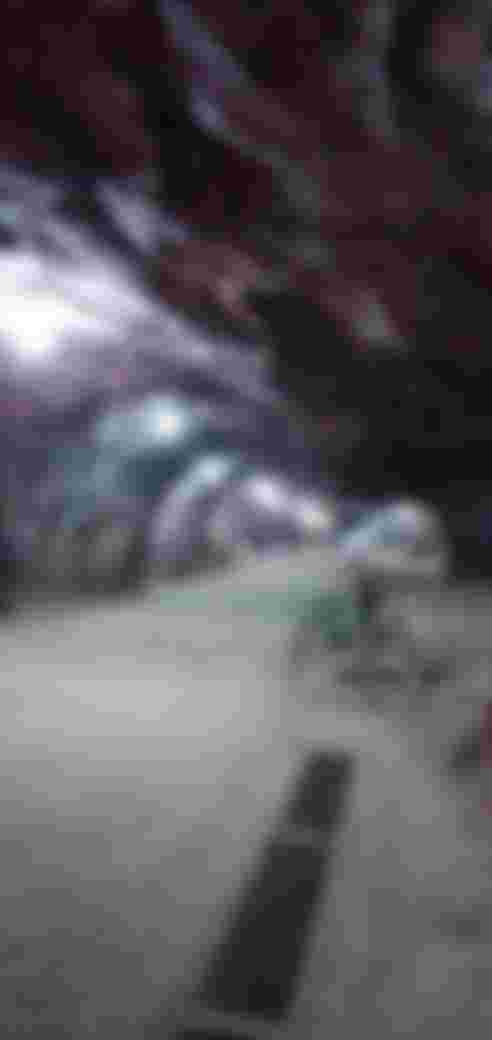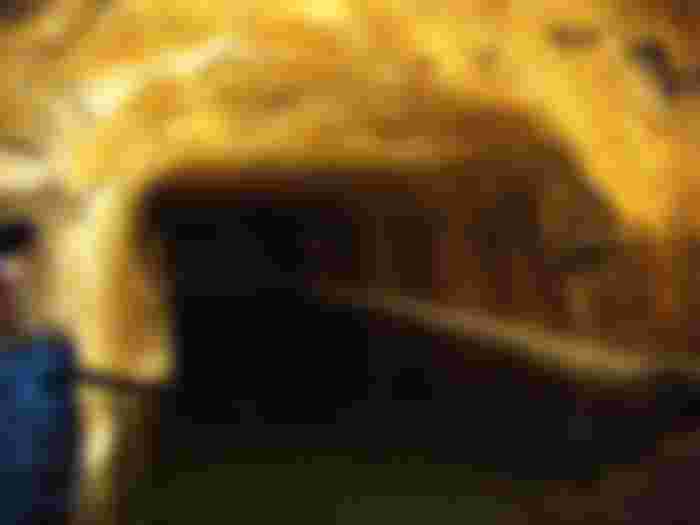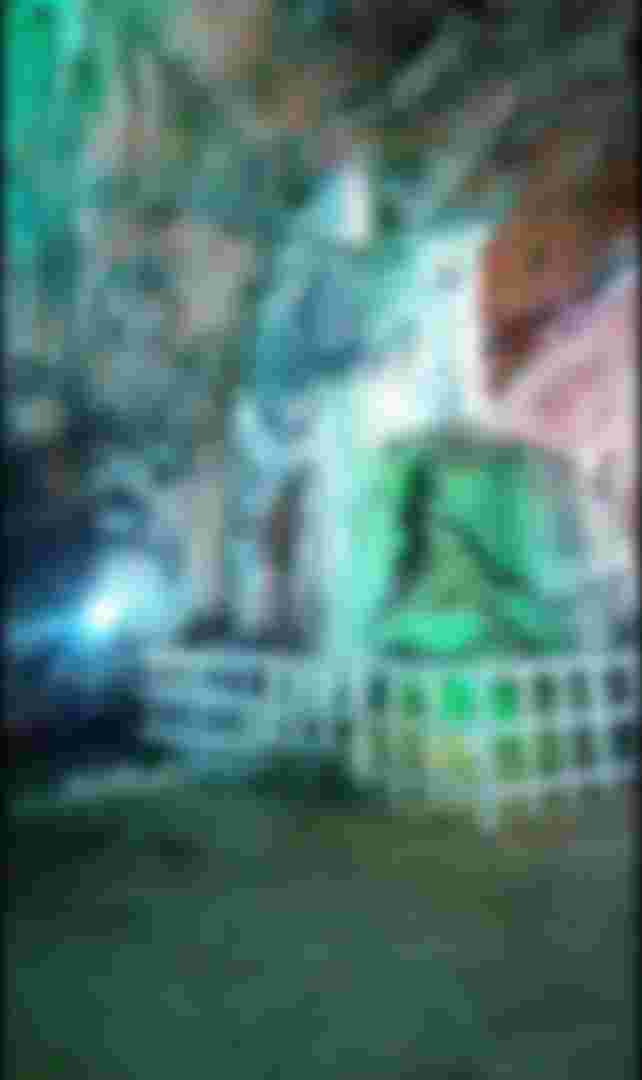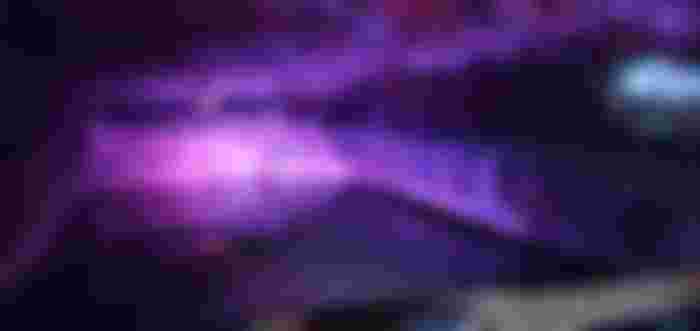By the way, Pakistan is rich in innumerable blessings of nature, but the salt mine in Khyura is the second largest salt mine in the world and offers historical views.
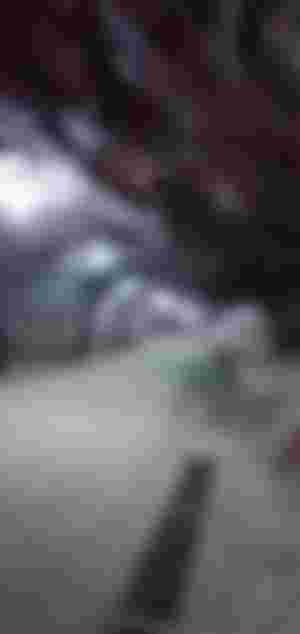
Khyura Salt Mine is located in Pind Dadankhan Tehsil, Jhelum District, Punjab Province. It is 140 km from Islamabad and about 250 km from Lahore. According to the historical background, the discovery of salt in Khyura took place in 320 BC, when a battle was fought between Alexander the Great and Raja Porus on the banks of the river Jhelum.
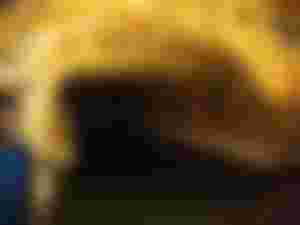
Horses of Alexander's troops were found licking rocks while grazing in the area, which revealed the presence of salt. The work of extracting salt has been going on here ever since. It is the most important source of salt in the world. The Kohistan Salt Range begins at Begnawala near the Jhelum River and ends at the Indus River at Kala Bagh. It is 300 km long, 4 to 30 km wide, and 2200 feet to 4990 feet high.
Khyura is also known as the Geological Museum because it contains fossils dating back to pre-Cambrian times to the present day. In 1849, the British administration began extracting salt from the mine on a scientific basis.

In 1872, Dr. Worth, a well-known English mining engineer, dug a large mine for direct access to salt deposits, which is still active. At present, salt is being extracted from 17 floors in Khyora mines. According to scientific principles, 50% salt is extracted from the ear and 50% is left as a pillar, which maintains the strength of the ear.

Khyura Kan salt is the second largest source of edible salt in the world. It is estimated that the salt reserves here could range from 80 million tonnes to 600 million tonnes. According to the mine's chief mining officer, nothing has changed or is likely to change in the mine since the British era. He thinks any investment in the mine would be a waste of money because the prices of rock salt have dropped dramatically in the world. On the contrary, mineral salt was so important in British times that the British Raj considered it necessary to seize it.
According to the Chief Mining Engineer, there is still a demand for high grade or high quality salt and the salt extracted from Khyura is counted under the same standard which has a salt content of 98% or more even in its raw state.
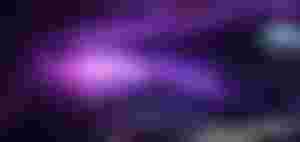
According to a tradition, these salt deposits were discovered about four hundred years ago when Alexander the Great's army was passing through the area, the details of which are given above.
There are also plans to build a 20-bed hospital at the Khyura mine, where asthma patients will be able to come and breathe in the salty air as it is said to be extremely healthy for asthma patients. Another great thing is that there is a beautiful mosque made of salt rocks near the mine which is very popular among the people who come to visit the mine. The miners seldom stop working there.
-

In addition to the cafeteria, there are also baby swings in the Khyura mine. Khyura is also known as the city of salt where every person who comes for entertainment can see the piles of salt in various places and relax their eyes with these scenes.
